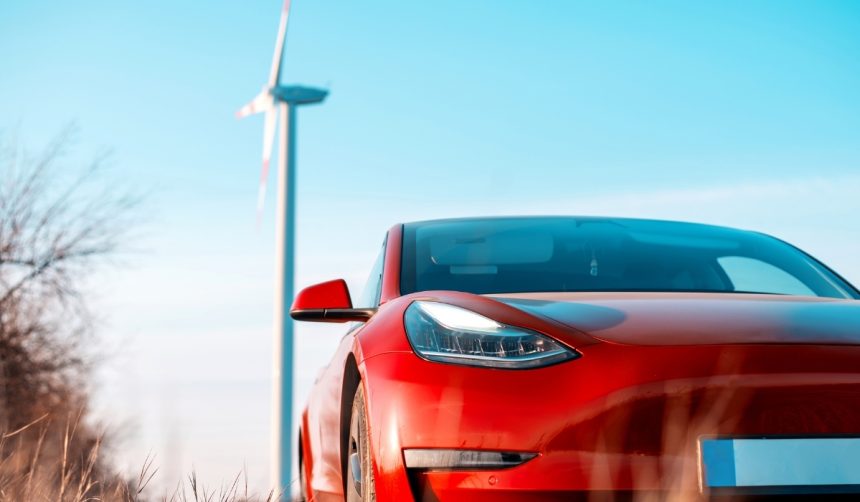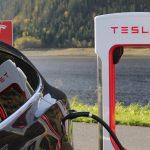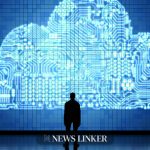Tesla’s progress in autonomous ride-hailing continues as the company announced further plans for the Robotaxi platform in Austin, with strategies unfolding to include other U.S. markets. The company has prioritized a phased, safety-conscious deployment, drawing attention for both its service approach and the methods by which it expands its area coverage. Beyond the technical and regulatory hurdles, Tesla faces competitive and public scrutiny with each new move, while potential users and competitors follow developments closely.
Early Robotaxi expansions have drawn widespread interest due to Tesla’s rapid deployment and occasional unconventional decisions, such as unique geofence shapes. Recent reports about Tesla’s operations in Austin focus on increasing geographic reach and customer participation, although similar scaling efforts by rivals such as Waymo and Cruise emphasized a more gradual integration. Other sources highlighted logistical issues and highlighted challenges in securing multi-state regulatory approval, highlighting the complexities Tesla must navigate. This expansion strategy marks a shift from past incremental rollouts to a more ambitious timeline, though the company’s vision for national coverage faces obstacles given regulatory and safety protocols that have caused delays in earlier phases of the rollout.
How Is Tesla Expanding the Robotaxi Platform?
Tesla’s Robotaxi platform, inaugurated in June, is actively increasing its coverage in Austin, Texas, as announced by Elon Musk. The company has broadened the operational area the Model Y Robotaxis can navigate. Plans include further enlarging this designated area in the near future. Reflecting on Austin’s current expansion, Musk commented,
“As some may have noted, we have already expanded our service area in Austin. It’s bigger and longer, and it’s going to get even bigger and longer.”
Why Target Additional U.S. States So Soon?
Tesla is already engaging with regulators in California, Arizona, Nevada, and Florida about launching the Robotaxi platform beyond Texas. The company maintains constant communication with state authorities to secure necessary approvals before operationalizing the autonomous ride-hailing service elsewhere. Anticipating regulatory green lights, Tesla’s leadership predicts that Robotaxi could soon become accessible in other regions, further increasing coverage in phases.
What Are Tesla’s Timelines and Safety Measures?
Elon Musk expects significant developments to occur within a short period, expressing optimism that the service area would surpass competitors “in a week or two.” Additionally, Musk addressed the broader ambitions for the technology, stating,
“As we get the approvals and prove out safety, we will be launching the autonomous ride-hailing across most of the country. I think we will probably have autonomous ride-hailing in probably half the population of the US by the end of the year.”
Safety remains paramount; recent comments from Tesla emphasize that expansion in Austin is deliberately conservative, with the company admitting to a “paranoid” approach to risk management. This methodology is intended to prevent significant setbacks that a major incident could trigger.
The Robotaxi endeavor will be tested not only by technical performance but also by public acceptance, regulatory progress, and market dynamics as Tesla presses forward nationally. Although previous rollouts by both Tesla and its competitors taught the industry that expectations for rapid national service frequently clash with logistical and regulatory realities, Tesla’s current approach demonstrates an intent to leapfrog over gradual pilot programs. This attempt to expand swiftly, while keenly emphasizing caution, could dictate both the speed and shape of broader adoption of autonomous ride-hailing platforms.
Broader accessibility of Tesla Robotaxi will depend on approval processes, system reliability, and the company’s ability to manage risks while scaling up. Users, regulators, and competitors will all play a role as the Robotaxi platform aims for multi-state presence by year’s end. Those closely watching the autonomous vehicle sector can benefit by noting that the scalability of such systems hinges not only on technical innovation or fleet size, but also on public trust, regulatory cooperation, and transparent safety records. Given that adoption tends to accelerate when initial deployments avoid major incidents and regulatory setbacks, Tesla’s methodical but assertive approach will likely influence similar projects in the industry.










